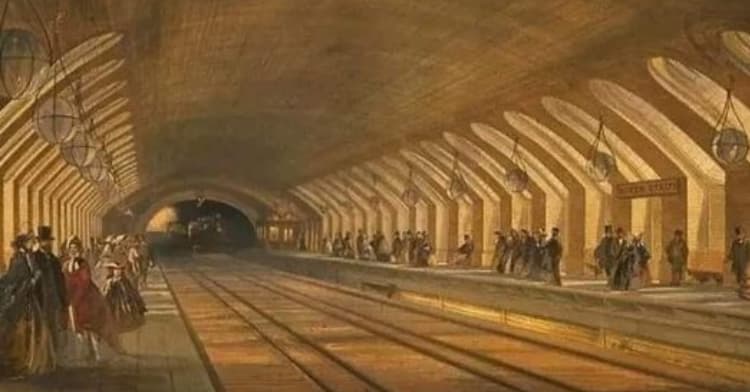Embedded in the mud flats of the River Medway lies the remains of UB-122, a formidable German Imperial Navy U-Boat from the era of World War I. Marooned for nearly a century, this relic offers a glimpse into the maritime history and naval warfare tactics of the early 20th century.

Understanding UB-122
Commissioned on March 4, 1918, UB-122 served as a Type UB III submarine within the German Imperial Navy. Constructed by AG Weser in Bremen, it was equipped with 10 torpedoes and an 8.8 cm deck gun, symbolizing Germany’s relentless efforts to maintain supremacy in submarine warfare during the latter stages of the war.

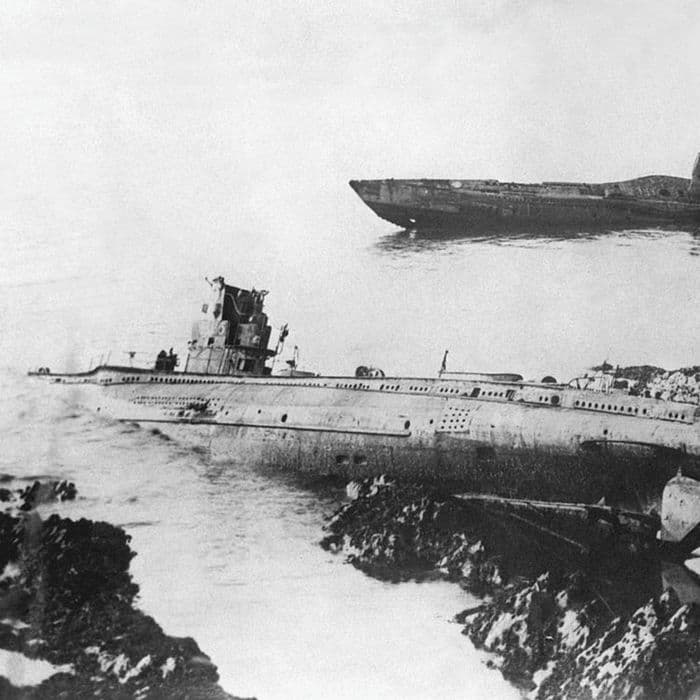
Operational Significance
UB-122 played a vital role in the naval warfare tactics employed by Germany during WWI. Renowned for its versatility and effectiveness, it conducted reconnaissance missions, engaged enemy vessels, and disrupted maritime supply lines with its formidable armament and crew complement of 3 officers and 31 men.
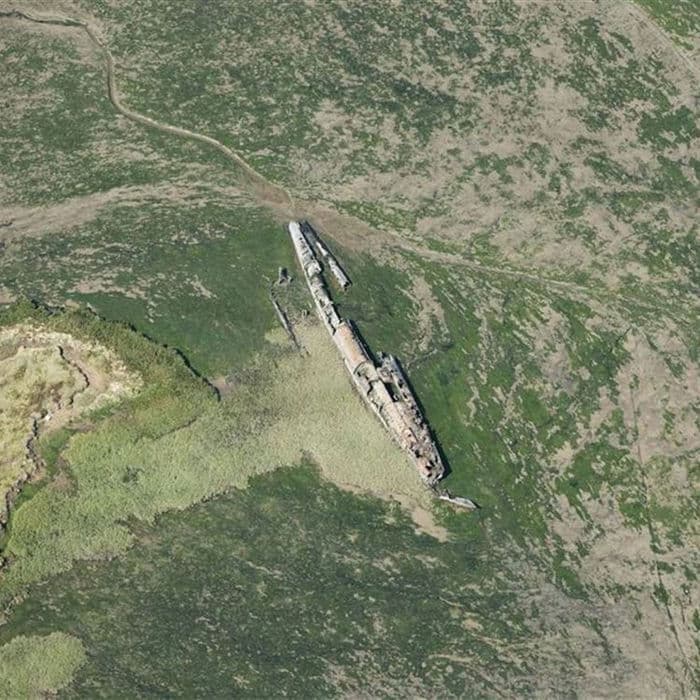

Legacy and Fate
Following the end of WWI, UB-122, along with many other U-boats, faced an uncertain fate. Decommissioned or repurposed by the Allied powers as part of disarmament agreements, it eventually found its way to the River Medway, where it remains marooned to this day, a silent witness to the tumultuous events of the past century.
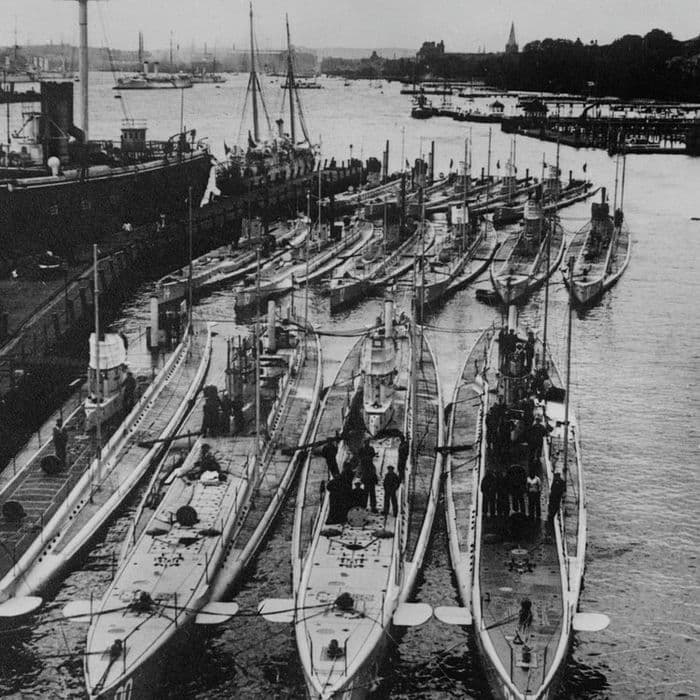
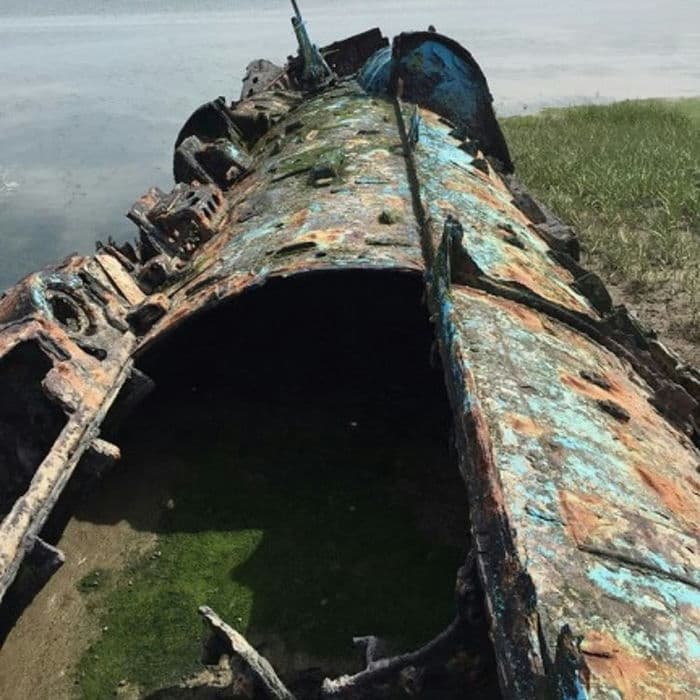
FAQs about UB-122:
- What was UB-122’s role during WWI?
UB-122 played a vital role in Germany’s naval warfare tactics during WWI, conducting reconnaissance missions, engaging enemy vessels, and disrupting maritime supply lines. - How was UB-122 equipped?
As a Type UB III submarine, UB-122 was equipped with 10 torpedoes and an 8.8 cm deck gun. It accommodated a crew of 3 officers and 31 men. - What was UB-122’s operational range?
UB-122 boasted an impressive cruising range of 7,280 nautical miles, allowing it to conduct prolonged missions far from its home port. - What happened to UB-122 after WWI?
Following the end of WWI, UB-122, like many other U-boats, faced decommissioning or repurposing by the Allied powers as part of disarmament agreements outlined in the Treaty of Versailles. - Why is UB-122 significant?
UB-122 serves as a tangible reminder of the naval warfare tactics and technological advancements of WWI, offering insights into the challenges and complexities of maritime warfare during this period.
UB-122 stands as a poignant reminder of the turbulent events of WWI and the enduring legacy of naval warfare in the early 20th century. As it rests silently in the River Medway, it invites reflection on the sacrifices and strategic maneuvers that shaped the course of history during this pivotal era.

